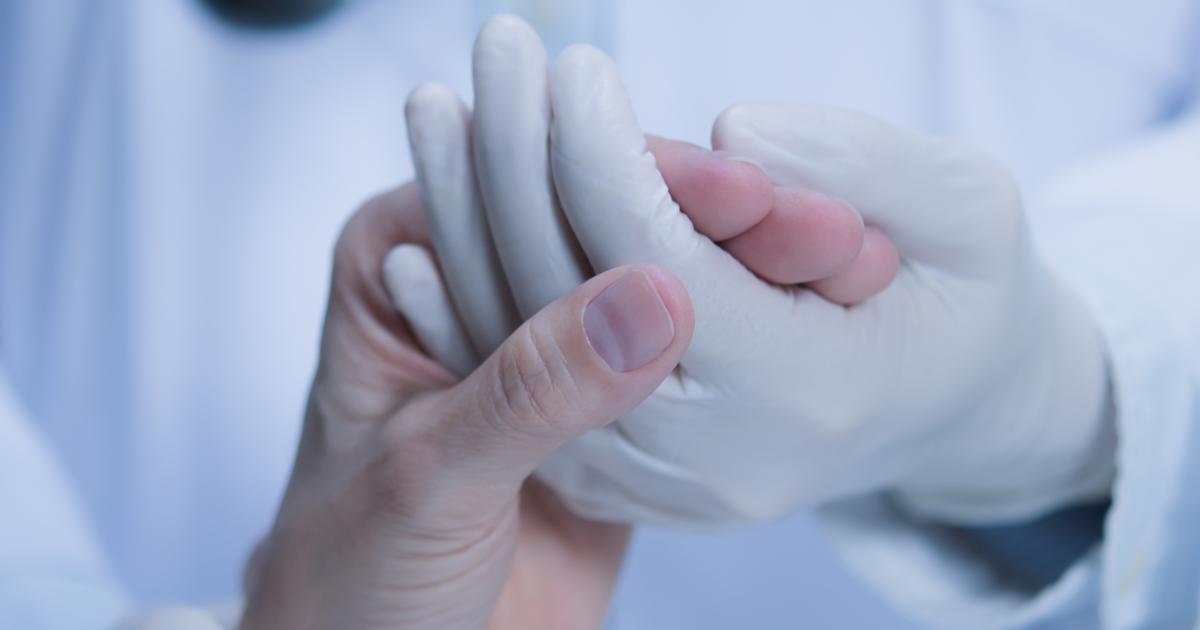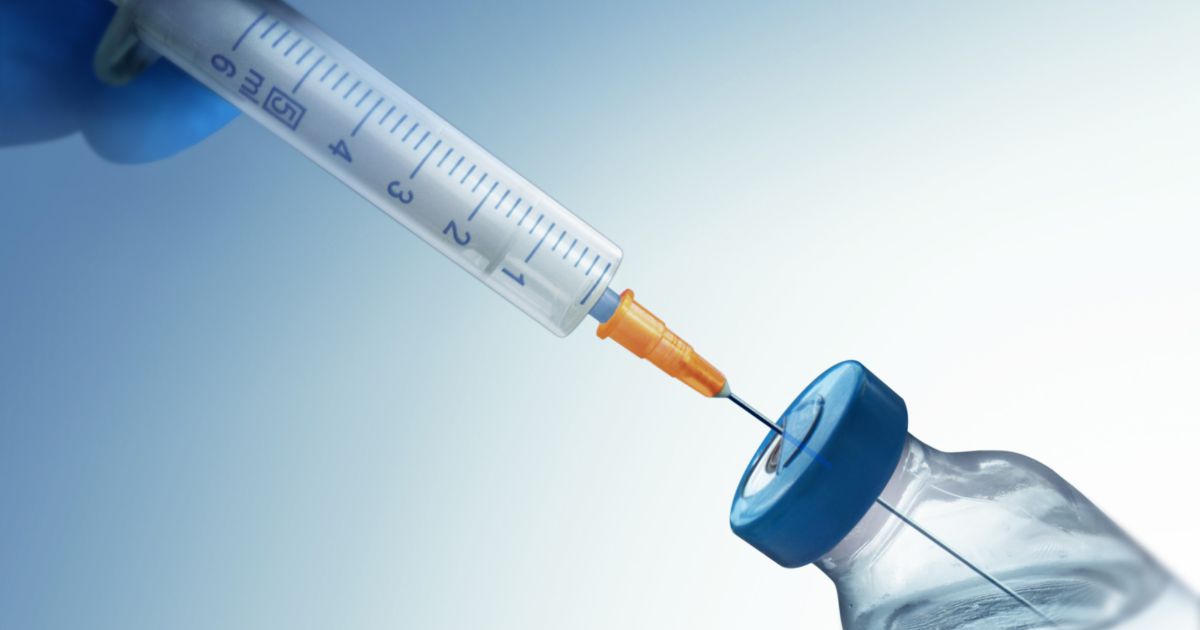Effective Methods for Diagnosing and Treating Trigger Finger
That frustrating 'click,' the painful pop, or the sensation of your finger stubbornly catching or locking when you try to straighten it – if this sounds uncomfortably familiar, you might be experiencing trigger finger. Often affecting the thumb or ring finger (then called 'trigger thumb'), this common condition arises when a vital tissue band at the base of your finger, the A1 pulley, becomes thickened or inflamed. Imagine this pulley as a tunnel for your finger's tendon; when it narrows, the tendon can't glide smoothly and may even develop a small nodule, causing that distinctive, often painful, catch. While it can significantly impact daily activities, the good news is effective solutions exist. Ready to unstick your finger and find relief? Let's explore 10 effective approaches to diagnosing and treating trigger finger, helping you move towards smoother, pain-free movement.
1. Physical Exam

A physical exam is generally sufficient for the diagnosis of most cases of trigger finger. To start the exam, the doctor will gently touch the patient's fingers and palms to detect swelling and pain. The fingers of both hands will be examined for comparison, and the doctor will check to see if the patient can smoothly move their fingers. Any evidence of locking fingers or stiffness will be noted. The patient may be asked to open and close their hands to see if this results in tenderness, and the doctor will feel the patient's palm to determine if a lump is present. Lumps associated with trigger finger normally move as the patient moves their finger. The physician may touch the lump while the patient moves the affected finger to find out more about how the lump moves.
2. Steroid Injections

Steroid injections are a potential treatment option to help reduce symptoms of trigger finger for anywhere from one day to a few weeks. Corticosteroids are medicines that resemble cortisol, a hormone involved in adrenaline responses. Cortisol and corticosteroids both inhibit the immune response, which decreases inflammation. For trigger finger, the localized injections are administered into the sheath of the tendon at the affected finger's base. If one injection doesn't improve the symptoms, doctors may administer a second. When two injections don't provide symptom relief, other treatments are considered. Injections are generally less effective for diabetes patients, but they may still be a viable nonsurgical option. Individuals with diabetes should have their glucose monitored immediately after the treatment, though, since the injections can temporarily raise blood sugar.
